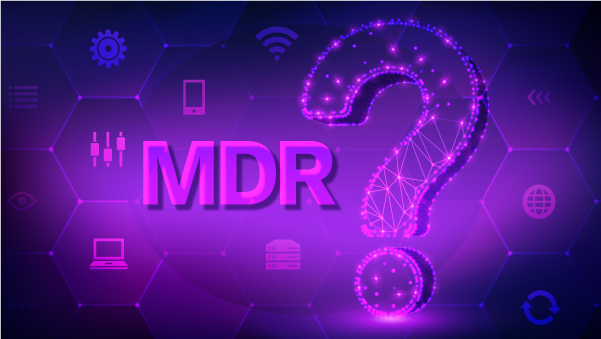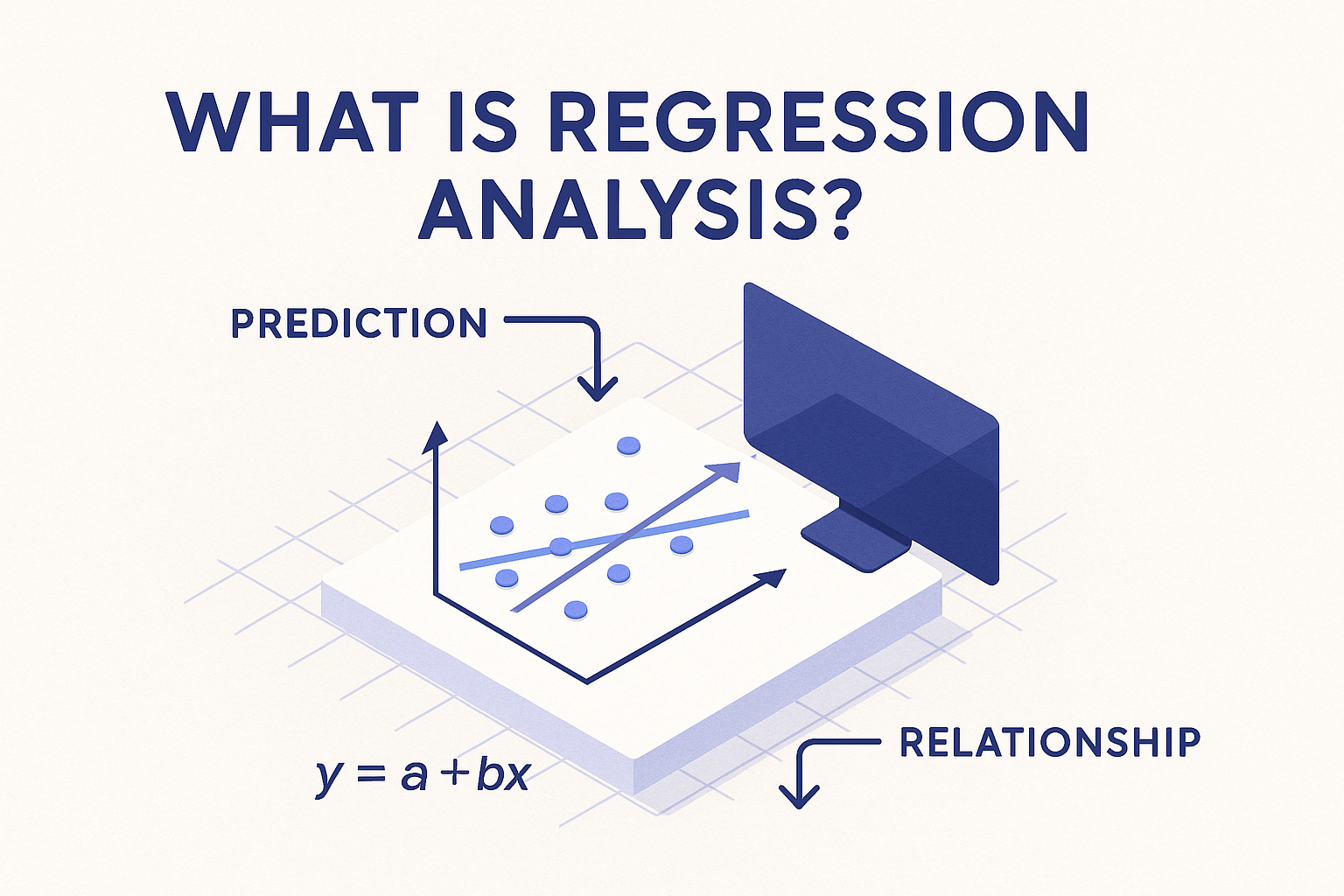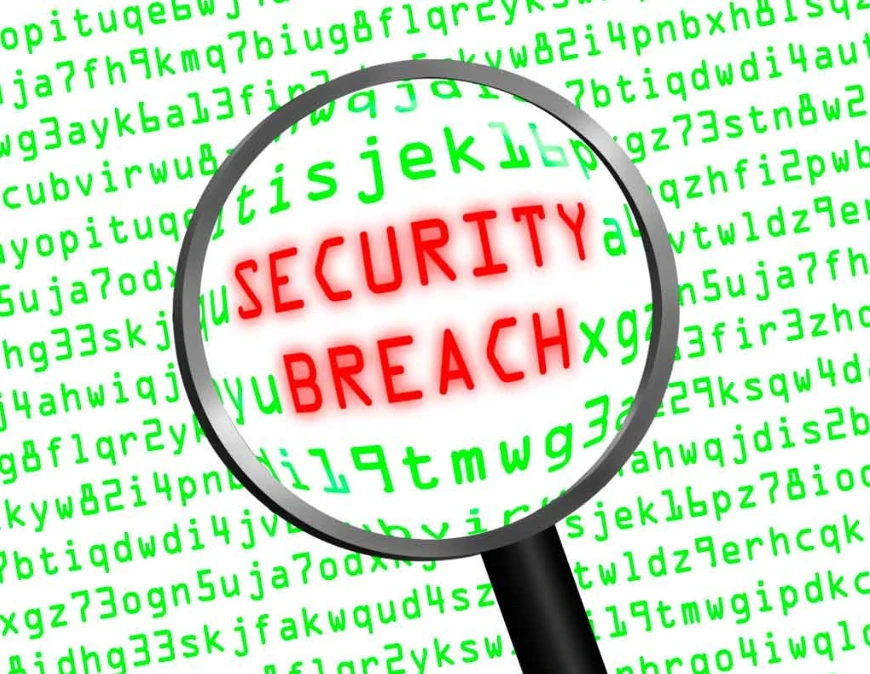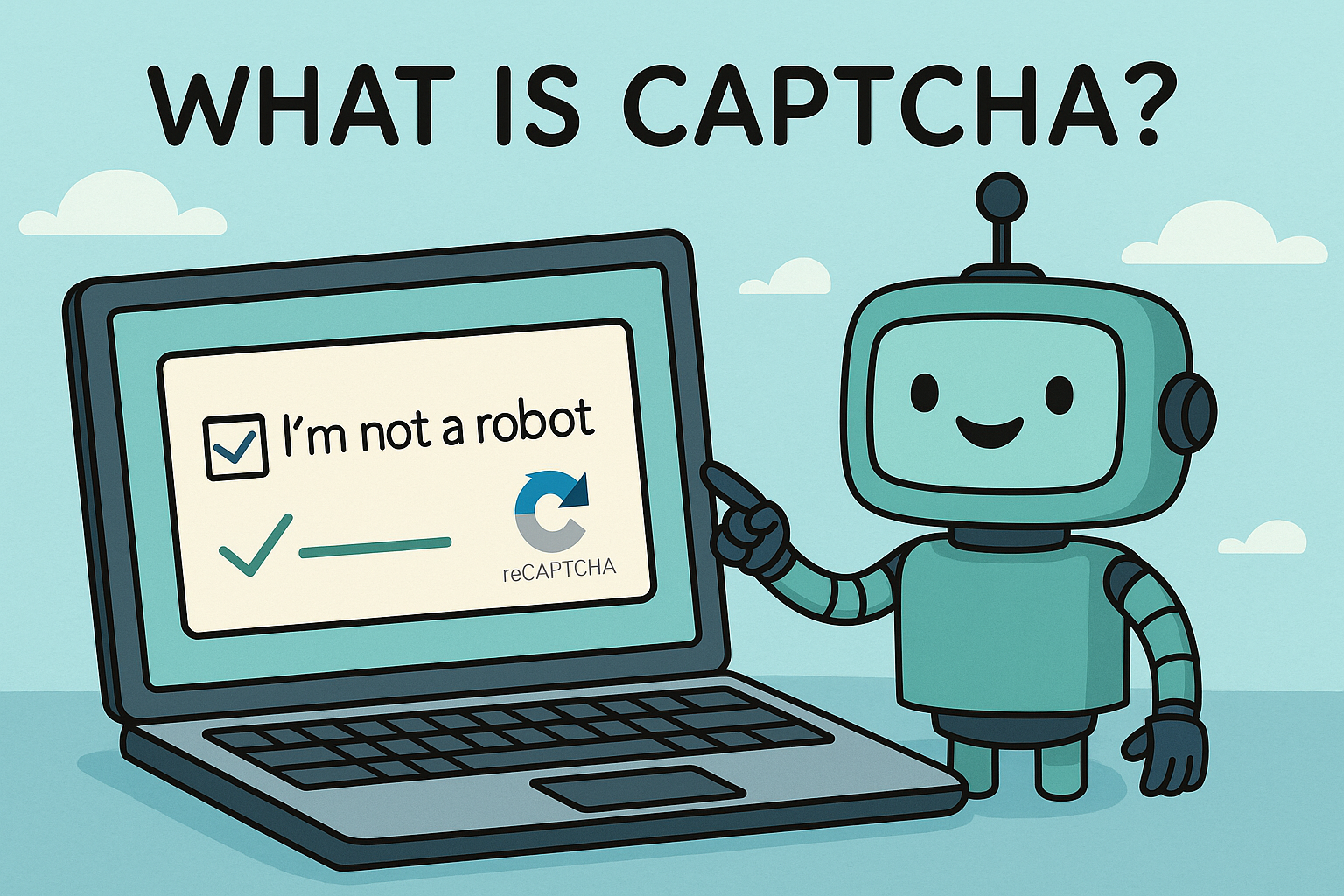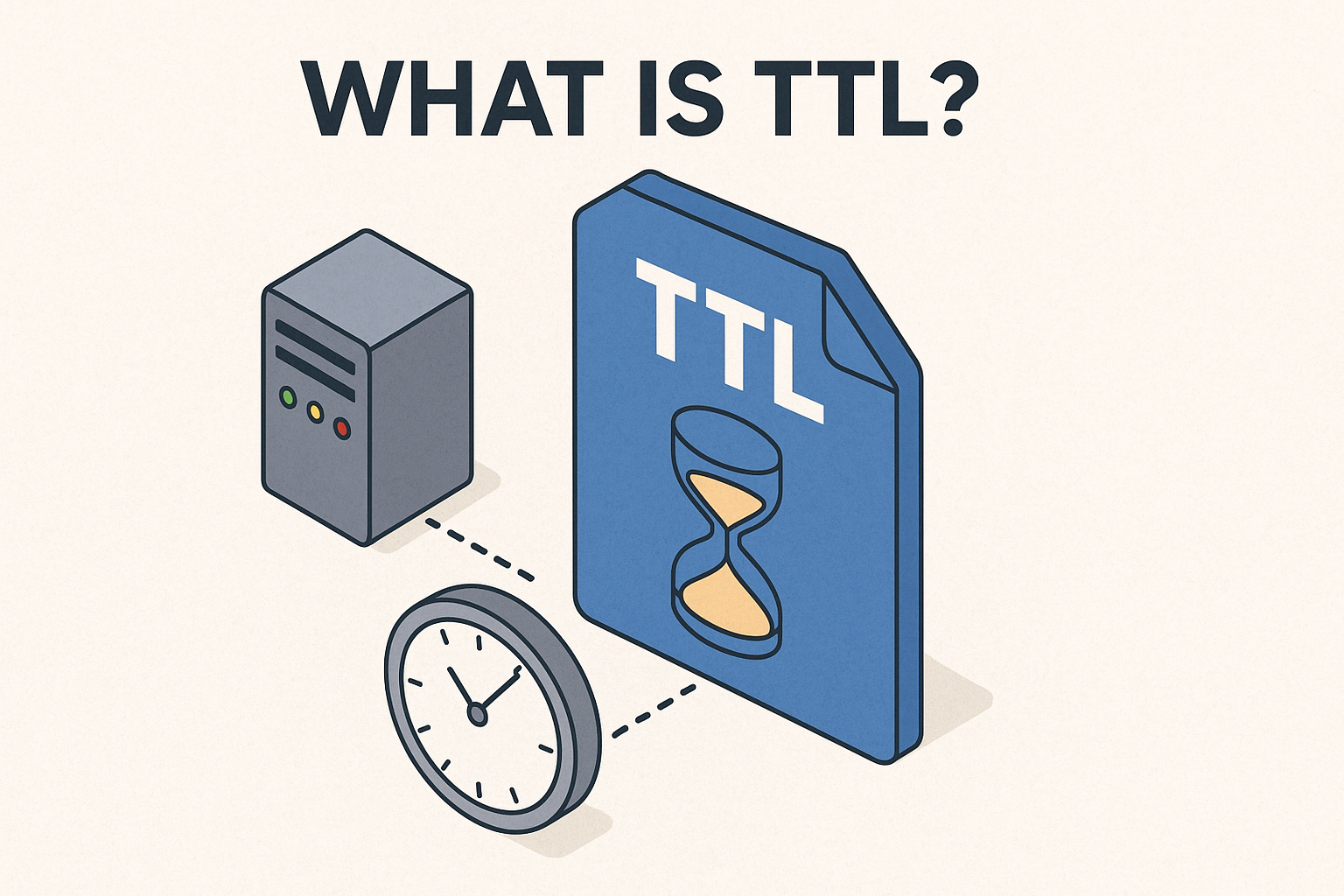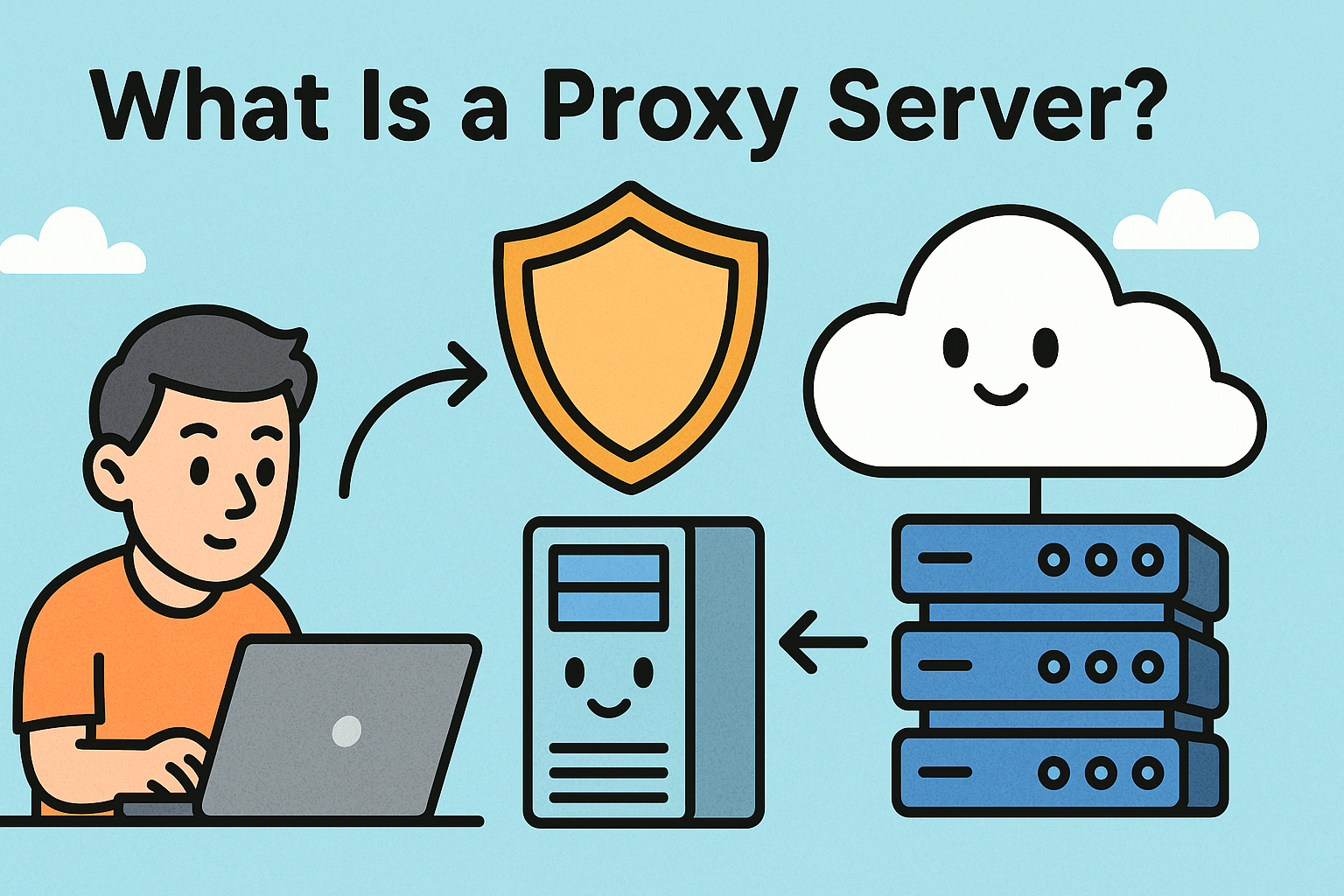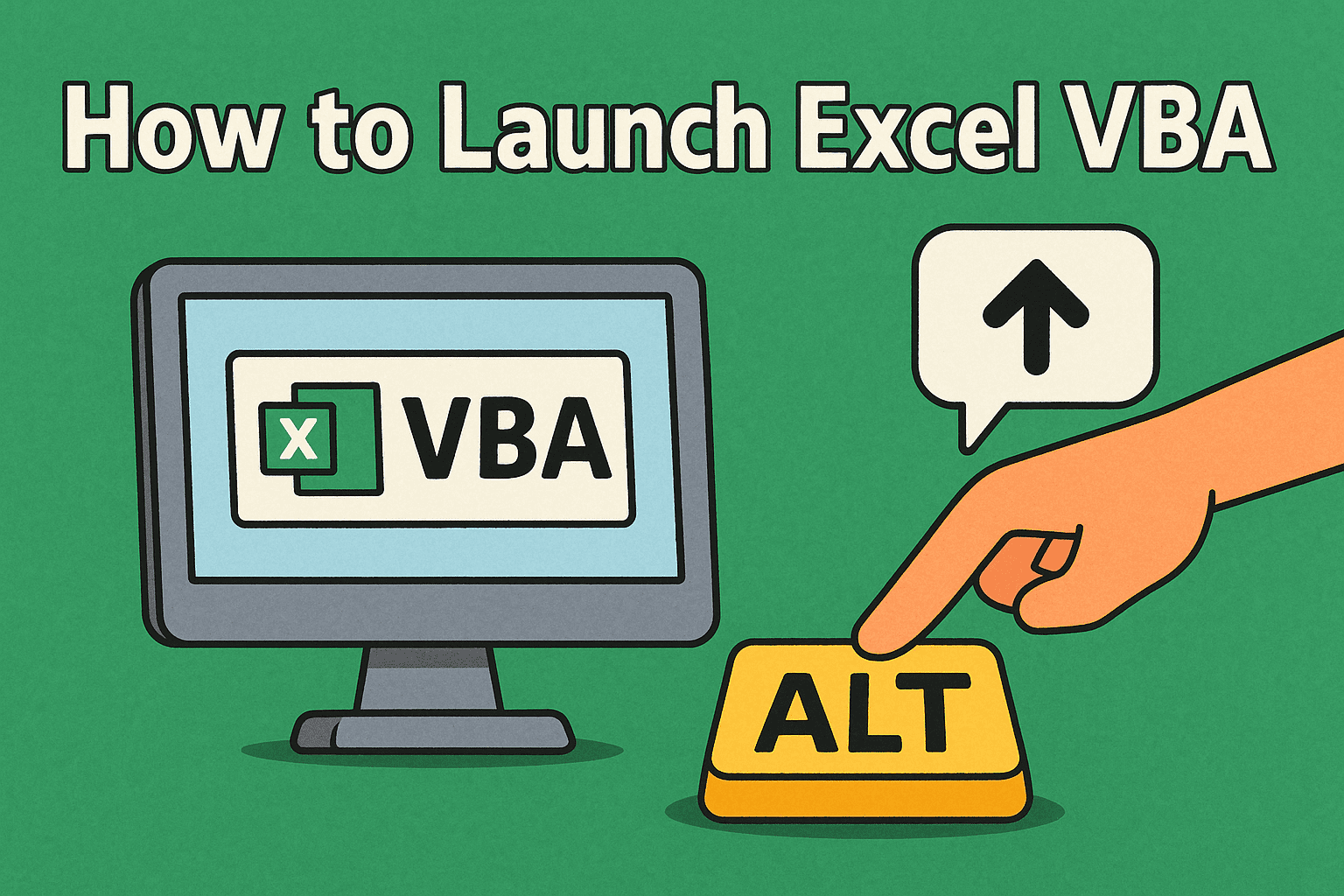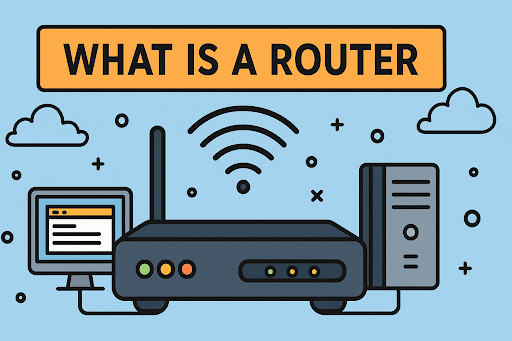What is Zero Trust? A Modern Security Model for a Threat-Heavy World
Updated on June 27, 2025, by Xcitium
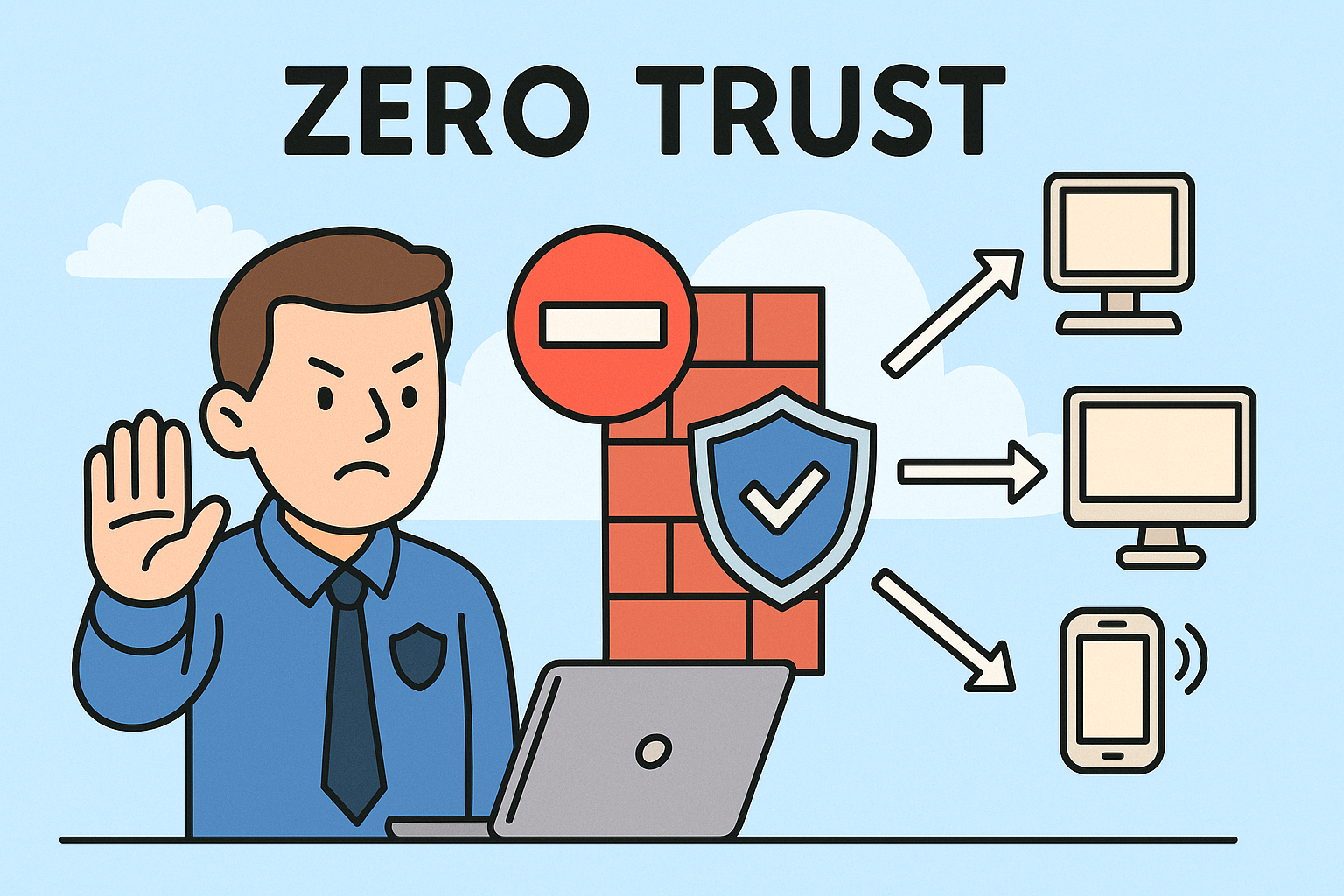
In a world where cyber threats evolve daily and perimeter defenses are no longer enough, companies must rethink how they secure their digital environments. Enter Zero Trust—a cybersecurity framework built on one bold principle:
Never trust, always verify.
So, what is Zero Trust, and why is it gaining momentum across industries? This post breaks down everything you need to know—from the Zero Trust architecture to its principles, real-world applications, and how to get started.
🔍 What is Zero Trust?
Zero Trust is a cybersecurity model that assumes no user or system—inside or outside the network—is automatically trustworthy. Instead, every access request must be thoroughly authenticated, authorized, and continuously validated before granting access to data or systems.
This stands in stark contrast to traditional perimeter-based security, which often granted broad access once a user was inside the firewall.
🧱 Key Components of Zero Trust Architecture
A robust Zero Trust architecture incorporates several layers of protection. Here are its core building blocks:
1. Identity and Access Management (IAM)
- Multifactor authentication (MFA)
- Least privilege access
- Role-based access controls (RBAC)
2. Micro-Segmentation
- Divides networks into small zones to contain breaches
- Limits lateral movement across systems
3. Continuous Monitoring and Analytics
- Behavioral analytics to detect anomalies
- Real-time risk assessments
4. Device Trust
- Validates endpoints before granting access
- Ensures compliance with device health policies
5. Zero Trust Network Access (ZTNA)
- Replaces VPNs for secure remote access
- Grants access based on context (location, device, identity)
🛡️ Benefits of Zero Trust Security
Adopting a Zero Trust security model brings several high-value benefits:
- 🚫 Stops unauthorized access—even from insiders
- 🕵️♀️ Detects and isolates threats early
- 🌐 Secures remote and hybrid environments
- 🔐 Protects sensitive data in cloud and SaaS applications
- 📉 Reduces the attack surface dramatically
🧭 Core Zero Trust Principles
Understanding Zero Trust principles is crucial to successful implementation. These include:
- Verify Explicitly
Authenticate and authorize every request using all available data (identity, location, device health, etc.). - Use Least Privilege Access
Limit user access rights to only what’s necessary. - Assume Breach
Design your network as if it has already been compromised. - Segment by Role and Function
Apply access controls based on user role, department, or project. - Monitor and Log Continuously
All traffic and access should be logged and analyzed.
🏗️ Implementing a Zero Trust Framework
A Zero Trust framework isn’t plug-and-play. It requires thoughtful integration with your current IT infrastructure. Here’s how to start:
Step 1: Define the Protect Surface
Identify critical assets (data, applications, users, devices).
Step 2: Map Transaction Flows
Understand how traffic moves across your network.
Step 3: Architect Your Zero Trust Network
Apply micro-segmentation and software-defined perimeters.
Step 4: Create a Policy Framework
Use “if/then” logic:
If user A is on device B, and location C, then allow access to resource D.
Step 5: Continuously Monitor and Optimize
Use SIEM and analytics tools for real-time visibility and improvements.
🔄 Zero Trust vs Traditional Security
| Feature | Traditional Security | Zero Trust |
| Trust Model | Trusts internal network | Trusts no one without verification |
| Access | Role-based, broad | Least privilege, dynamic |
| Breach Containment | Reactive | Proactive with segmentation |
| Remote Work | VPN-dependent | Secure with ZTNA |
| Monitoring | Periodic audits | Continuous, real-time |
🧰 Popular Zero Trust Solutions
Many vendors offer tools that help build a Zero Trust environment. Key categories include:
- ZTNA Platforms (e.g., Zscaler, Xcitium ZTNA)
- Endpoint Security Tools (CrowdStrike, SentinelOne)
- Identity Providers (Okta, Microsoft Entra ID)
- SIEM Solutions (Splunk, Xcitium SIEM)
Look for solutions that integrate seamlessly with your existing infrastructure.
📊 Industry Adoption & Trends
According to a recent Gartner report, 60% of enterprises will phase out VPNs in favor of ZTNA by 2025. Leading sectors adopting Zero Trust security include:
- 🏥 Healthcare
- 💳 Finance
- 🏛️ Government
- 🛒 E-commerce
✅ Zero Trust Checklist
Use this quick checklist to evaluate readiness:
- Do you know your protect surface?
- Have you implemented MFA?
- Is network access segmented?
- Are user privileges minimized?
- Do you monitor and log all activity?
- Are legacy systems integrated or isolated?
📣 Call to Action
Zero Trust isn’t a buzzword—it’s your best line of defense against modern cyber threats.
🎯 Take the first step toward Zero Trust security.
👉 Request a Free Demo from Xcitium
❓ FAQ: What Is Zero Trust?
1. What is Zero Trust in cybersecurity?
Zero Trust is a security model that requires all users, devices, and applications to be authenticated and continuously verified before being granted access.
2. How is Zero Trust different from VPN?
Unlike VPNs, Zero Trust Network Access (ZTNA) provides access based on identity and context—not just location—making it more secure for remote work.
3. What are some examples of Zero Trust solutions?
Common tools include ZTNA gateways, micro-segmentation tools, MFA, endpoint detection and response (EDR), and cloud access security brokers (CASBs).
4. Is Zero Trust suitable for small businesses?
Absolutely. Many Zero Trust solutions are scalable and offered as-a-service, making them accessible to SMBs.
5. Does Zero Trust replace firewalls?
No, but it complements them by shifting the focus from network perimeter defense to granular, identity-driven access controls.




